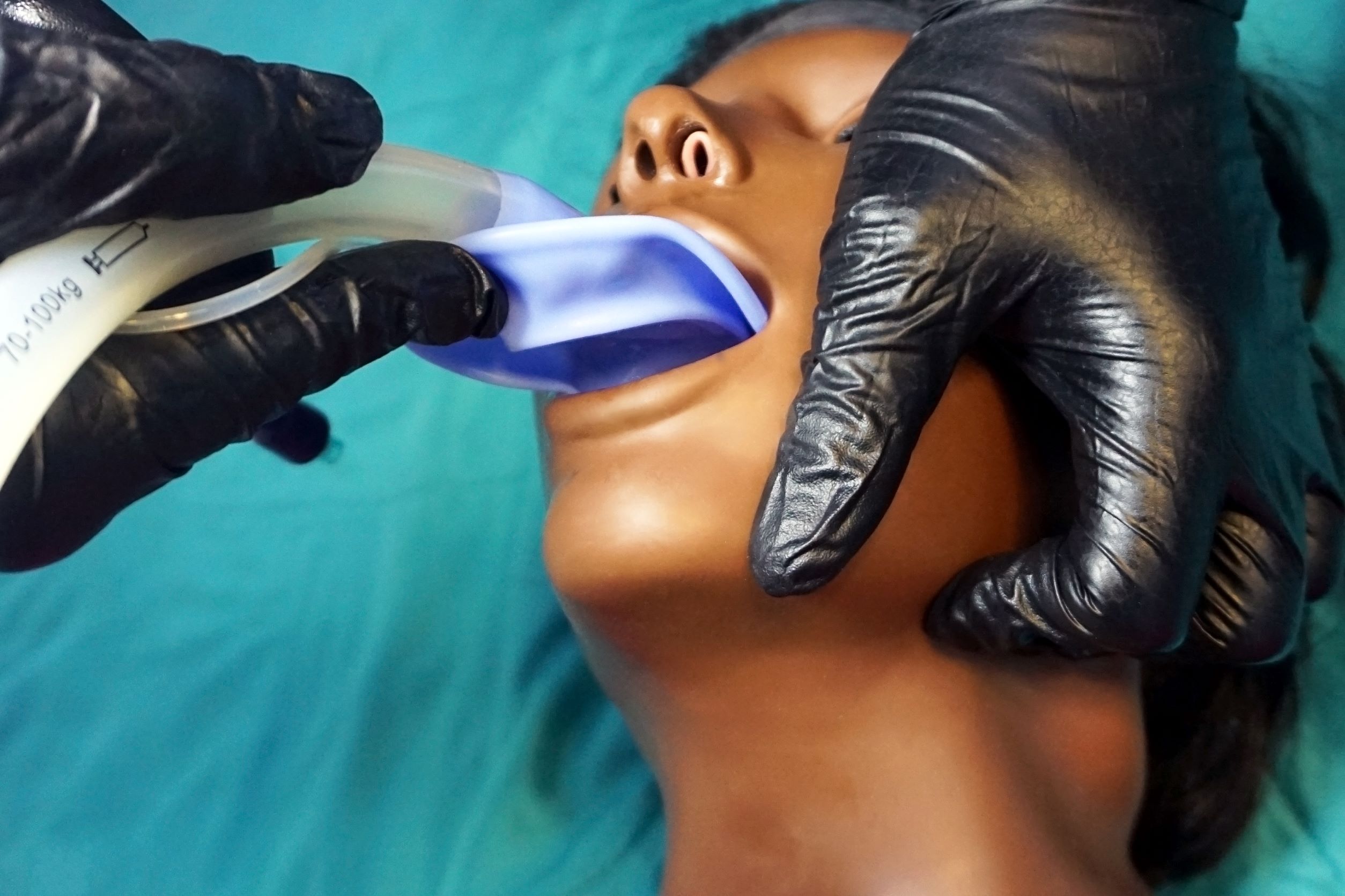Management of Difficult Airway Guidelines Revised
The American Society of Anesthesiologists (ASA) recently released new difficult airway guidelines that, among other factors, address how the term should be defined.
As noted in a Jan. 10, 2022, post in Anesthesiology News, the revised guidelines announced in November 2021 emphasize the procedures that should be taken if a difficult airway is encountered, whether anticipated or unanticipated.
“We are broadening the scope of what a clinician should deem as a difficult airway patient,” William H. Rosenblatt, MD, co-author of the guidelines, said in the Jan. 10 post. “One problem we have encountered is communicating from one clinician to another that a patient is at risk of having a difficult airway. By increasing the sphere of what we consider a difficult airway, we are also broadening our communication.”
The revised guidelines also incorporate additional medical specialties and hospital settings.
When the guidelines were developed in the early 1990s, anesthesiologists viewed themselves as the specialty charged with managing airways, Rosenblatt said in the post. Since then, managing airways has broadened to many specialties, including intensive care, emergency medicine, pulmonary and pediatrics, he said.
The new “2022 American Society of Anesthesiologists Practice Guidelines for Management of the Difficult Airway” includes a user-friendly decision tree and an infographic for increased clinician flexibility in decisions and procedures.
As an anesthesia provider partnering with ambulatory surgery centers throughout Michigan, Ambulatory Anesthesia Solutions continuously stays up-to-date on news, policies, and advancements in the industry. One of our core values is to strive for perfection in all we do, and advancing our own knowledge and expertise helps to ensure that we create optimal solutions for our ASCs.


